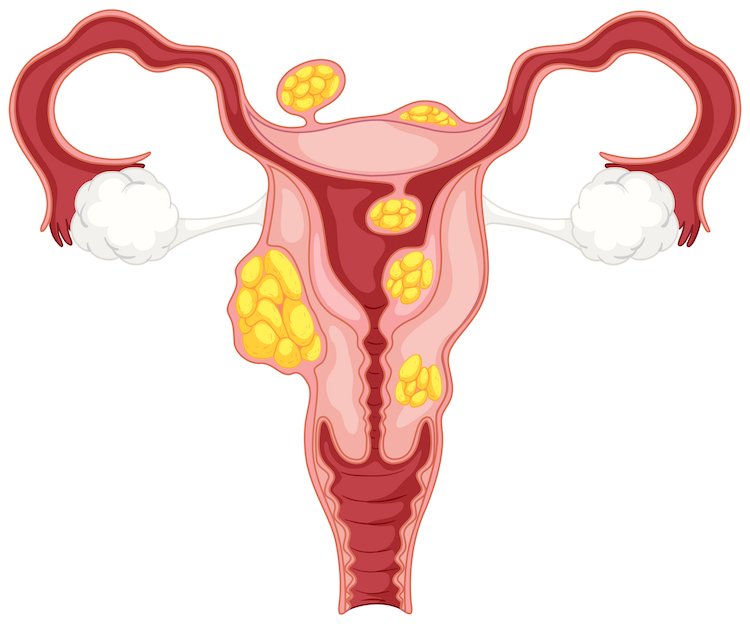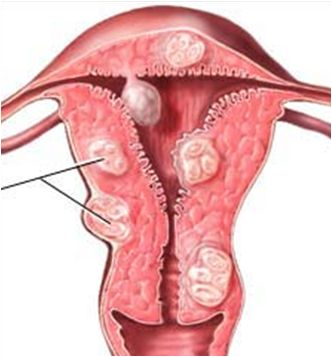

Fibroids that form in the connective and muscle tissues of the uterus generally do not carry the risk of cancer. Uterine fibroids, one of the most common pelvic tumors; Myoma is also called uteri and is seen in approximately 20% of women of reproductive age. At the same time, it is more common in women who are above their ideal weight and in women with a family history of uterine myoma. Uterine fibroids are named according to the location where they occur.
With its location inside the uterus, outside or on its wall; They are called submucosal, intramural and subserosal myomas.

Uterine Myoma Symptoms

Uterine Myoma Treatment
Different treatment methods can be applied for the uterine myoma problem according to the patient's age, period (adolescence, reproduction, premenopausal, menopause) and health history. These methods are; conservative, drug, surgical methods, embolization, laparoscopic or morcellation methods. When uterine myoma treatment is applied with medical drugs, many side effects occur. For this reason, it is not among the most preferred treatment methods. Surgical treatment methods, on the other hand, are not suitable for patients who want their fertility to continue, but they are not preferred very often today due to the risk of infection in incision and suture procedures.
In myomectomy, which is another treatment method in uterine myoma, depending on the number and size of myomas, it can be applied with hysteroscopy or laparoscopy procedures. Uterine fibroids can also be treated with radiological methods. In the treatment of uterine fibroids with non-surgical methods, incision and suture procedures are not needed, but risks caused by anesthesia or infection are prevented. In addition, a much more comfortable treatment and recovery process is provided for the patient. Myoma ablation, uterine artery embolization, percutaneous ablation and Hayfu methods can be performed comfortably in a short time under local anesthesia with MR-guided ultrasonography surgery.